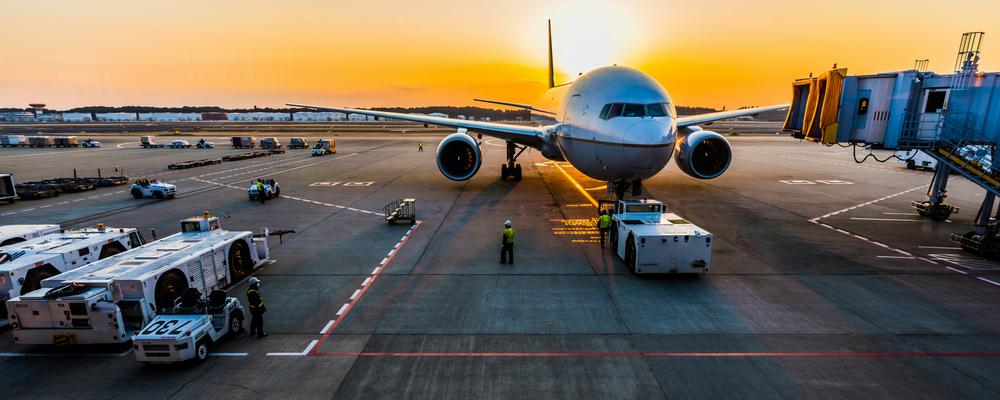The University of Borås has long prioritised the issue of climate change and is connected to the Swedish Climate Framework for Higher Education Institutions. Now it is one of the first higher education institutions in the world to adopt a carbon dioxide (CO2) budget.
Business travel and CO2 emissions
Air travel accounts for 95 percent of the University of Borås' carbon dioxide emissions from business travel. Just like for many universities, there are goal conflicts between internationalisation and climate emissions. The method that the University of Borås has applied to achieve a CO2 efficient way of working is to:
- make decisions about clear goals,
- and use a CO2 budget.
The Vice-Chancellor of the University of Borås has decided that the emissions from business travel should be halved until 2030, starting from 2019. Now, the CO2 budget goes out to the academies for a discussion on how to best use allocated kilos of CO2 emissions in regards to business trips. The routine follows the ordinary financial budget system.
Decision support found in member meeting
Before the Vice-Chancellor's decision to introduce targets for a sharp reduction in our CO2 emissions, there were many questions and considerations in the organisation.
Via SDSN Northern Europe, we got in touch with Elina Eriksson at KTH and Kristian Björkdahl at the University of Oslo, who were involved in producing the report Academic Flying and the Means of Communication.
This report describes the role of aviation in academia on a deeper level and what can be done about the academic emissions of CO2. Elina Eriksson and Kristian Björkdahl were invited when the university had a big meeting before the decision to reduce our carbon dioxide emissions. Their insights made it clear what we needed to do.
Academia needs to show the way
Lifting our gaze and helping each other to change routines, habits and norms is an important part of working together to reach the climate goals. Because, as our Vice-Chancellor Mats Tinnsten usually says: "If we in academia do not follow what the scientific facts say about reducing carbon dioxide emissions - then who will".
Written by: Birgitta Losman, Sustainability Strategist at the University of Borås

